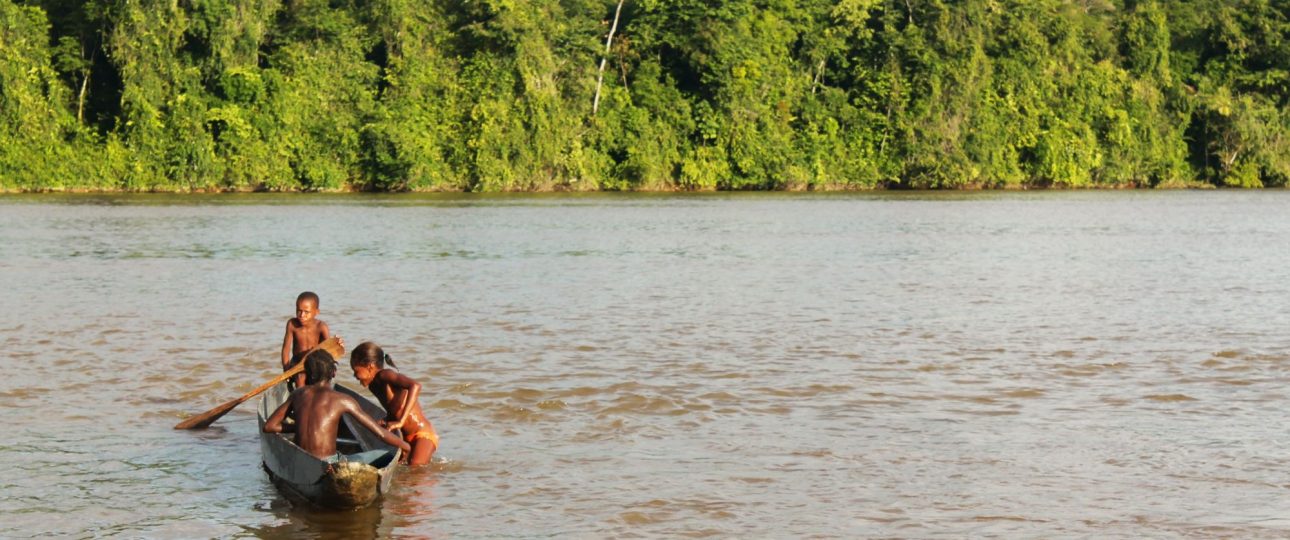Exploring the Maroni River
The Maroni River, a significant waterway in French Guiana, offers a unique blend of natural beauty and cultural intrigue. Stretching 612 kilometers, it forms the border between French Guiana and Suriname.
Natural Wonders
The Maroni River is a haven for nature enthusiasts. Its banks are adorned with diverse plant species, including vibrant orchids and bromeliads. The river’s ecosystem supports a variety of wildlife, from colorful birds to playful monkeys. Keep an eye out for caimans and, if you’re fortunate, the elusive giant otter.
Adventure and Relaxation
For those seeking adventure, the Maroni River offers kayaking, canoeing, and hiking opportunities. Navigate its winding waterways or explore the surrounding forests. If you prefer a more laid-back experience, consider a river cruise. The calm waters and stunning sunsets provide a serene backdrop for relaxation.
When to Visit
The ideal time to explore the Maroni River is during the dry season, from July to November. During this period, water levels are lower, making navigation easier. However, this is also the peak tourist season, so expect more visitors.
Getting There
To reach the Maroni River, fly into Cayenne, the capital of French Guiana. From there, travel to Saint-Laurent-du-Maroni, the main entry point to the river. You can hire a car or take a bus to reach this town. Once there, join a guided tour or rent a boat for independent exploration. For a deeper dive into the river’s heart, consider a multi-day cruise.
Local Transportation
Saint-Laurent-du-Maroni is a small town, easily navigable on foot or by bicycle. For trips beyond the town, renting a car is advisable. This flexibility allows you to explore the surrounding areas at your own pace.
Historical Context
The Maroni River has been a subject of exploration and territorial disputes. In the 19th century, the discovery of gold led to border conflicts between France and the Netherlands. Despite arbitration by Czar Alexander III of Russia, some territorial issues remain unresolved. The river has been extensively studied, with numerous expeditions contributing to our understanding of its geography and ecology.




